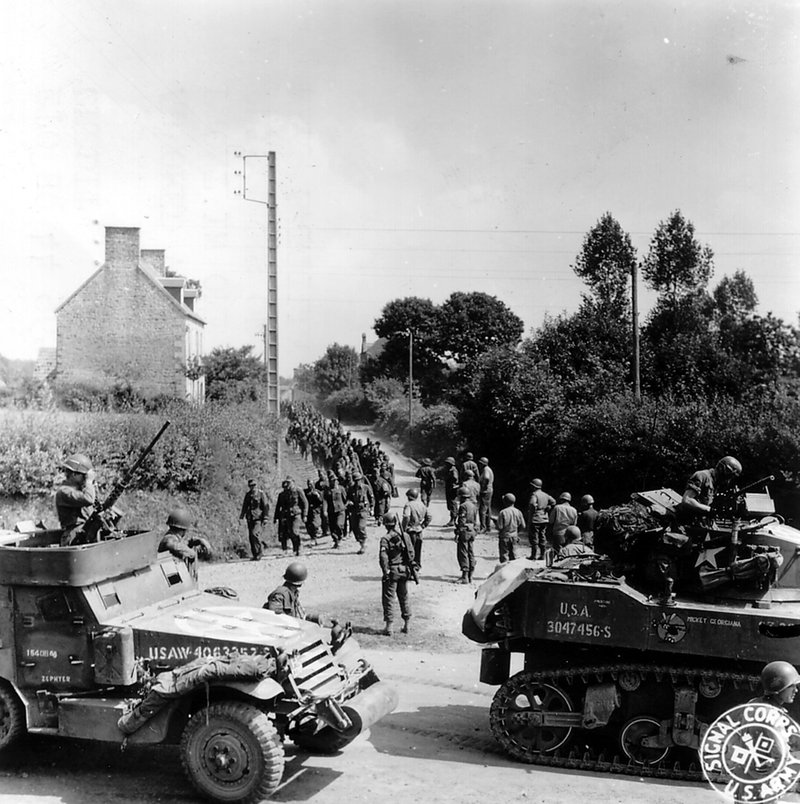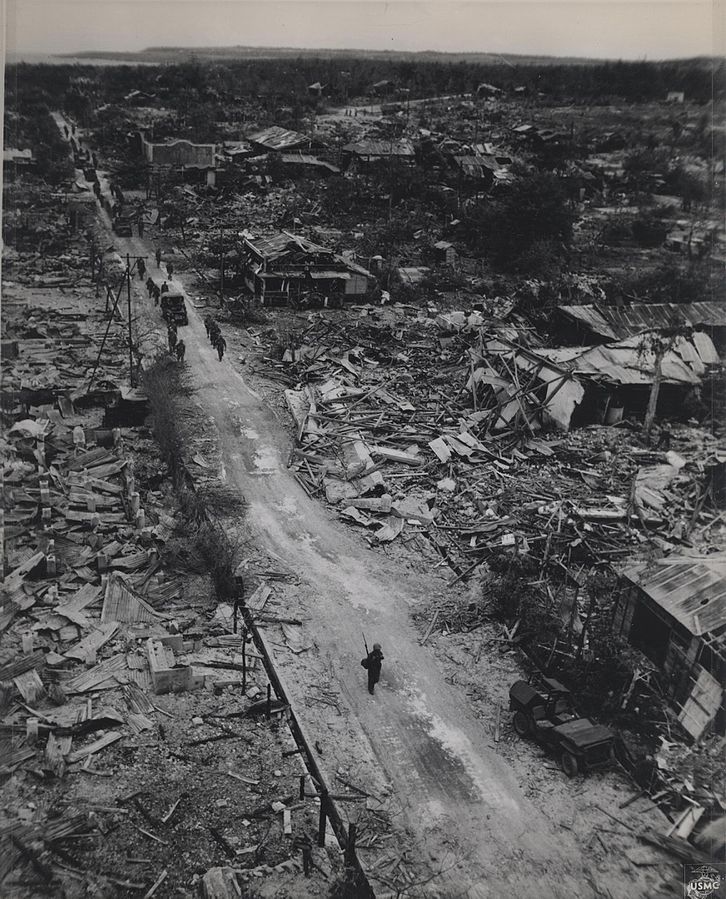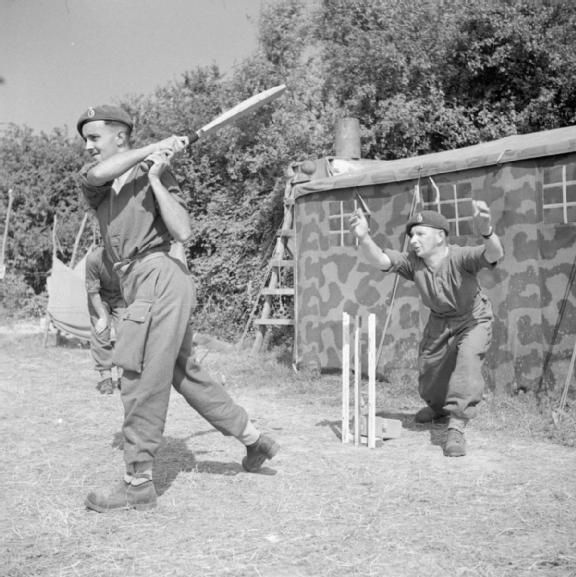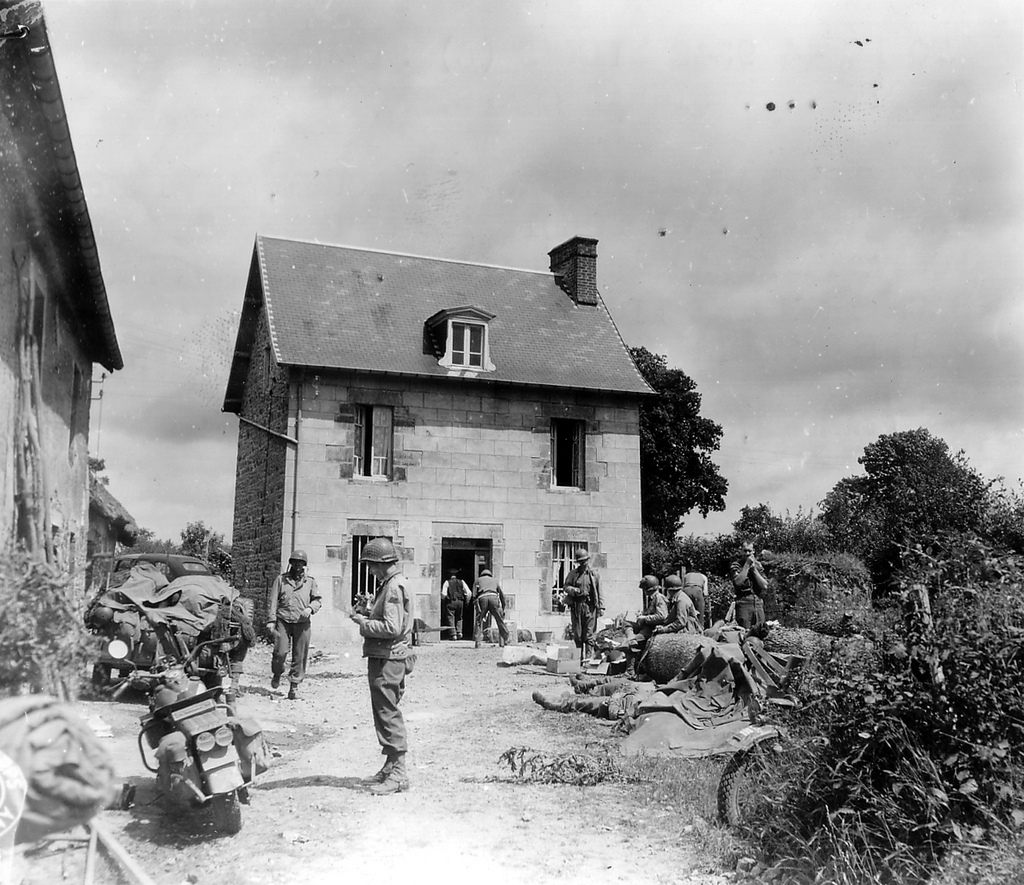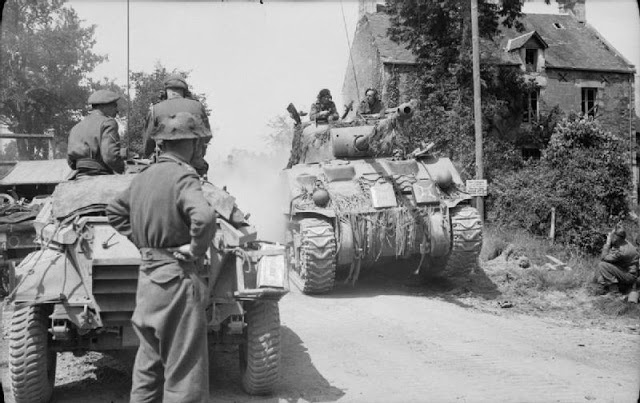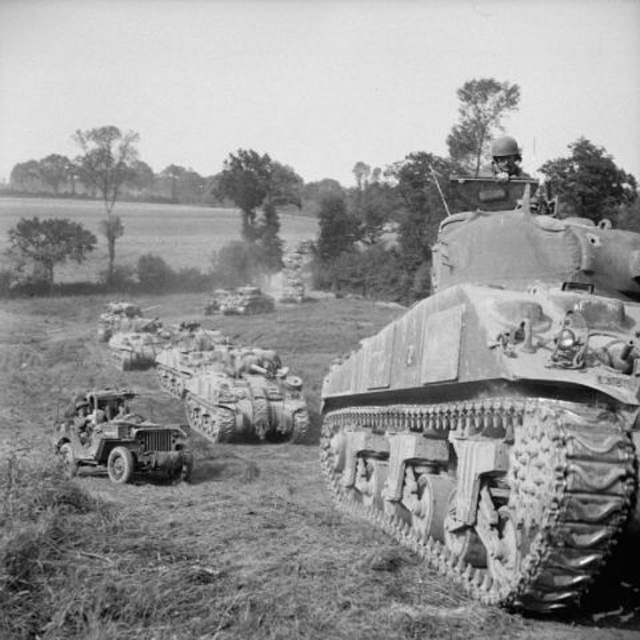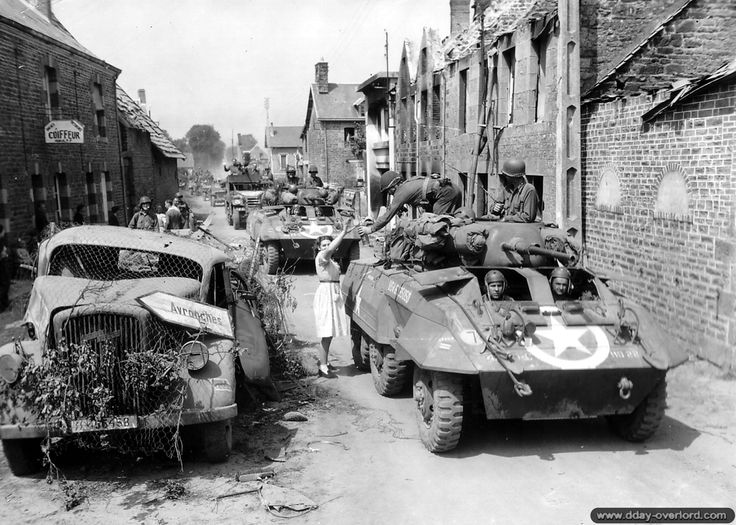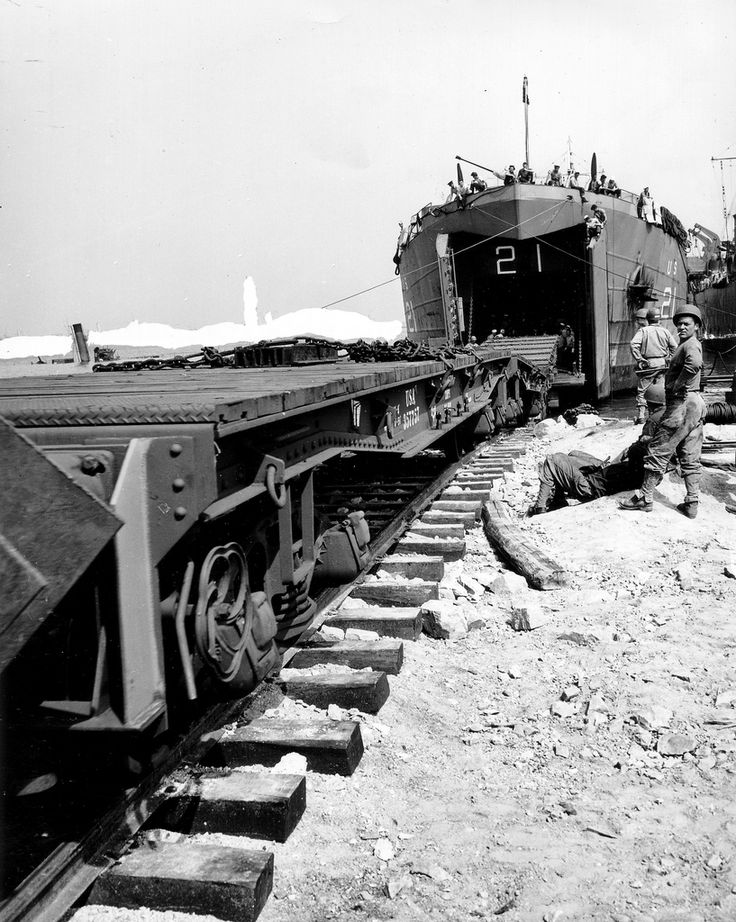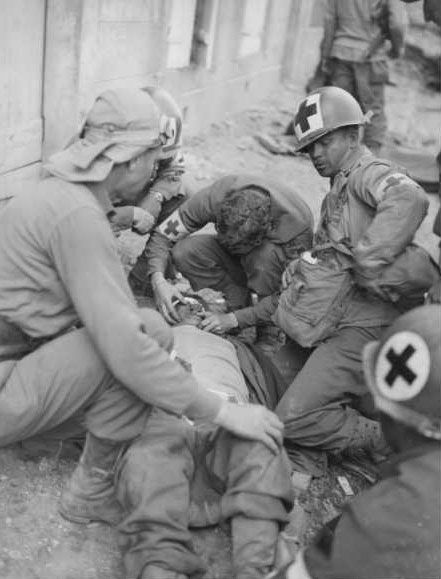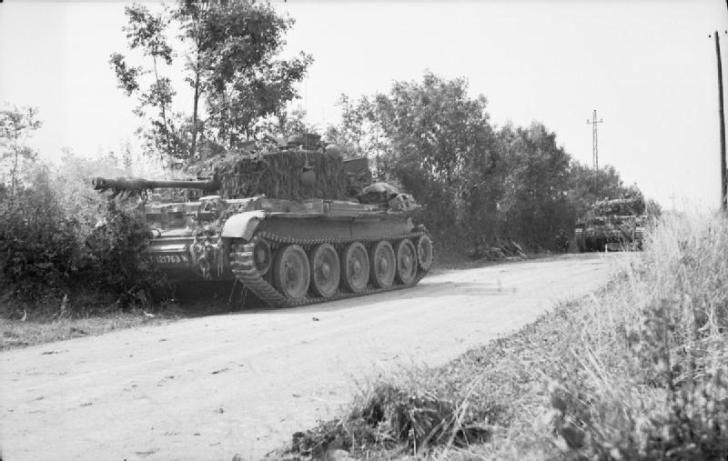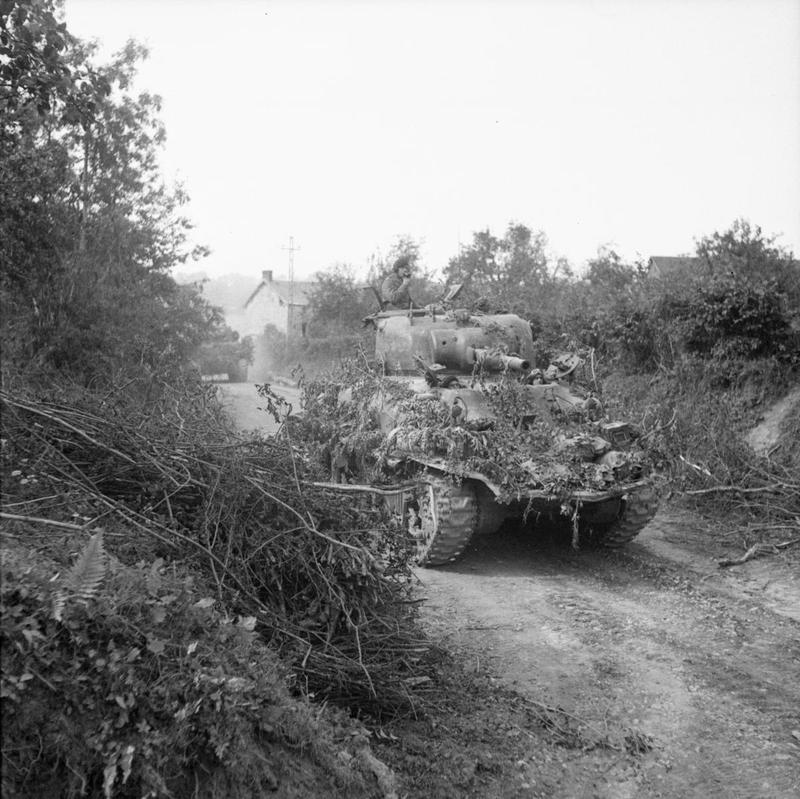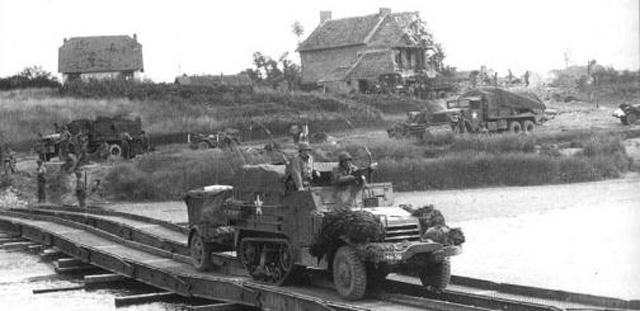Air Operations, Carolines
- FEAF B-24s attack the Woleai Atoll.
- VII Bomber Command B-24s attack the Truk Atoll.
Air Operations, CBI
BURMA- 9 10th Air Force B-25s attack Japanese Army troops at Hopin.
- 20 10th Air Force fighter-bombers attack the Kamaing and Mogaung areas.
- 14 fighter-bombers support Allied ground troops near Myitkyina.
- 11 fighter-bombers attack a bridge at Mohnyin.
- 11 fighter-bombers attack various targets of opportunity.
- 12 308th Heavy Bomb Group B-24s attack rail yards at Wuchang.
- 341st Medium Bomb Group B-25s mount individual and two-plane attacks against airfields at Canton, Hengyang, and Wuchang, and town areas at Hankow, Hengshan, and Siangtan.
- More than 60 P-51s and P-40s attack lines of communication in and around Changsha, Hengyang, Kaishowkiao, Liling, Luchi, and Liuchow.
Air Operations, East Indies
- V Bomber Command B-24s attack the Galela and Lolobata airfields on Halmahera.
- 345th Medium Bomb Group B-25s mount two anti-shipping sweeps around Halmahera.
- During the night, 63rd Heavy Bomb Squadron SB-24s attack targets on Ceram and Halmahera.
Air Operations, Europe
RAF BOMBER COMMANDDaylight Ops:
- 127 Lancasters and 4 Mosquitos of Nos. 1 and 5 Groups carry out an accurate raid on the railway yards at Joigny La Roche in clear conditions.
- 1 Lancaster is lost.
- 97 Lancasters and 6 Mosquitos of Nos. 5 and 8 Groups attack the ends of a railway tunnel Rilly La Montage being used as a flying bomb storage facility. No. 617 Squadron caves in both ends of the tunnel with their Tallboy bombs and the other part of the bombing force craters all the approach areas.
- 2 Lancasters are lost, including the No. 617 Squadron aircraft of Flight Lieutenant William Reid, who had won a Victoria Cross in 1943 in a raid on Düsseldorf while flying with No. 61 Squadron. Flight Lieutenant Reid does survive.
- 52 Lancasters and 5 Mosquitos of Nos. 1 and 8 Groups bomb the port area at Le Havre, but the target soon becomes smoke-covered and the results are uncertain. 1 U-boat is believed to have been hit.
- 1 Lancaster is lost.
- 202 aircraft including 104 Lancasters, 76 Halifaxes and 22 Mosquitos of Nos. 1, 6 and 8 Groups attack 2 launch sites and 2 storage sites, but only the storage site at Forêt de Nieppe receives effective damage.
- 1 Halifax and 1 Lancastera are lost.
FRANCE:
- 36 3rd Bomb Division B-24s attack the Creil Airdrome.
- 47 3rd Bomb Division B-24s attack the Laon/Athies Airdrome.
- 567 8th Air Force B-17s attack industrial targets at Munich.
- 36 B-17s attack industrial targets at Allach.
- 43 B-17s attack industrial targets at Schleissheim.
- 447 2nd Bomb Division B-24s attack a chemical plant at Ludwigshafen.
- 10 B-17s are lost over Munich, 6 B-24s are lost over Ludwigshafen.
- Escort for the various heavy-bomber formations over Germany is provided by 574 VIII Fighter Command fighters.
- 3 fighters are lost with their pilots
FRANCE:
- Approximately 500 IX Bomber Command B-26 and A-20 sorties are mounted against bridges spanning the Loire, Mayenne, Ruisseau La Forge, and Seine Rivers, and a fuel dump.
- 9th Air Force fighters and fighter-bombers conduct armed-recon missions and dive-bomb tactical targets in the battle area.
- IX TAC fighter pilots down 3 Luftwaffe fighters over France between 1230 and 1250 hours.
ITALY:
- 12th Air Force bombers are grounded by bad weather, but XII TAC fighter-bombers attack bridges in the Po River valley, strafe airfields, and destroy and estimated 50 rail cars.
ROMANIA:
- More than 360 B-24s of the 15th Air Force's 49th and 304th Heavy Bomb Wings attack Bucharest's Prahova oil refinery.
- Escort is provided by 96 P-51s of the 31st and 325th Fighter Groups, whose pilots down 31 Axis fighters along the bomber route between 1103 and 1145 hours.
- 15th Air Force B-24s attack an oil storage facility at Targoviste.
- 15th Air Force B-17s attack oil refineries at Ploesti and Doicesti.
Air Operations, Marianas
- 41st Medium Bomb Group B-25s gunships and 318th Fighter Group P-47s support US Marine ground forces on Tinian.
- US Marine ground troops on Guam are supported by extremely powerful air, naval, and artillery bombardments.
- C-47s of the 7th Air Force’s 9th Troop Carrier Squadron return to their base at Eniwetok with many wounded Marines aboard after flying emergency supplies to Tinian.
Air Operations, New Guinea
- V Bomber Command A-20s support Australian Army forces in the Hansa Bay area.
- V Fighter Command P-39s attack villages on Geelvink Bay.
- 5th Air Force aircraft continue to attack targets throughout the bypassed coastal regions of northern New Guinea.
Britain, Command
Adm Bruce Fraser takes command of the British Eastern Fleet in succession to Adm Sir James Somerville.
[CBI
INDIAThe Japanese are in retreat along the Tiddam road, closely pursued by the divisions of the British IV Corps, which has been given the task of driving the enemy back across the Chindwin.
On the Arakan front the British XV Corps has during this period been engaged in actions designed to hinder Japanese troop movements into India.
[Eastern Front
In Latvia the 1st Baltic Front takes Jelgava, near the Gulf of Riga. If they reach the Gulf the Russians will cut off the German Army Group North. Forces of the 3rd Belorussian Front press on toward East Prussia and fight in the streets of Kaunas (Kovno), the capital of Lithuania. The 2nd Belorussian Front is also approaching East Prussia, while the 1st, making for Warsaw, takes Siedlice and Otwock only 12 miles southeast of the city. Russian troops reach positions within 10 miles of Warsaw as street fighting develops inside the city. Marshal Konstantin Rokossovsky's 1st Belorussian Front halts its drive toward warsaw. The Russians fear a German counterattack from the south and decide not to extend their bridgeheads over the Vistula. By now the Germans have rushed the SS Viking and the SS Totenkopf divisions, plus elements of the Hermann Göring and 19th Panzer divisions, to the Warsaw defense line.
FINLANDThe Soviet Karelian and Leningrad Fronts advance to the Finnish border.
LATVIAThe Soviet 51st Army reaches the Baltic west of the city of Riga, thus cutting off the German 16th and 18th Armies.
LITHUANIAThe Soviet 5th Army captures Kaunas, inflicting losses of more than 40,000 dead on the defending German IX Corps.
POLANDThe Soviet 47th Army takes Siedlce. The Soviet 2nd Tank Army enters Praga suburb of Warsaw but is then counterattacked by XXXIX and IV SS Panzer Corps (Totenkopf and Wiking Panzer Divisions), forcing it to retire.[MORE]
[English Channel
U-333 is sunk in a depth-charge attack by the British sloop Starling and the British frigate Loch Killin.
| Class | Type VIIC |
| CO | Kapitänleutnant Hans Fiedler |
| Location | English Channel, SW of Isles of Scilly |
| Cause | Depth charge |
| Casualties | 45 |
| Survivors | None |
Germany, Home Front
Guderian is to combine his existing duties as Inspector-General of Armored Troops with his new position as Chief of the Army General Staff.
[Italy
In the US 5th Army's IV Corps area, TF Ramey, consisting of elements of the 1st Armored Division with tanks and tank destroyers, relieves the 91st Division on the right flank of the corps. The 91st Division is transferred to the II Corps to relieve the 88th Division in place. The II Corps now has command of 3 of the army's 4 infantry divisions: the 88th, 91st and 85th.
[Marianas
GUAMThe 3rd Marine Division and 77th Infantry Division follow up the enemy to the north, reaching a line running from Agana on the west coast to Yona on the east. The installations and the big airport built by the Americans are recaptured.
TINIANThe Marines continue their drive to liquidate the last enemy forces in the extreme south of the island. The American actions are supported by the usual fire from artillery, aircraft and warships.
[New Guinea
In the Vogelkop area, the 3rd Battalion of the 1st Infantry, 6th Division, moves by sea to Cape Sansapor and makes an unopposed landing at 0844. Sansapor Plantation and Village are quickly secured and defensive positions established. Cape Sansapor is found to be unsuitable for a PT base but is to become a site of a radar warning installation.
In the Aitape area, the 124th Infantry, reinforced by the 2nd Battalion of the 169th and dubbed TED FORCE, begins a counterattack in the North Force sector at 0800 under the direction of Col Edward M. Starr. The 4 battalions cross the Driniumor and advance in separate columns toward Niumen Creek, which 3 of the 4 reach, the other being halted 800 yards short by enemy rear guards. The 128th Infantry protects the sector previously held by the North Force. In the sector of the South Force, Company G of the 127th Infantry breaks out of its encirclement near Afua and returns to the main body. From 13 July to date, South Force has suffered almost 1,000 casualties, 260 of them within the 112th Cavalry, while over 700 Japanese are estimated to have been killed by South Force.
[Pacific
- The coordinated submarine attack group TG 17.15 carries out a succession of attacks on a Japanese convoy near the Bashi Channel. Parche (SS-384) sinks the transport Manko Maru (4471t) and merchant tanker Koei Maru (10,238t) and damages merchant cargo ship No1. Ogura Maru and army cargo ship Fuso Maru (8195t). Parche teams with Steelhead (SS-280) to sink the army cargo ship Yoshino Maru (8990t). Steelhead sinks Fuso Maru and damages the army cargo ship Dakar Maru (7169t).
- The US submarine Dace (SS-247) sinks the small Japanese cargo vessel Shinju Maru 20 miles west of Palimban Point.
- The US submarine Lapon (SS-360) attacks a Japanese convoy sinking the merchant tanker Tenshin Maru (5061t) off the southwest tip of Palawan and damages the weather ship Hijun Maru.
Soviet Union, Armed Forces
The stunning victories achieved by the Red Army thus far during Operation BAGRATION have, as usual, been bought at a heavy price in casualties: 1st Baltic Front, 41,000 killed and 125,000 wounded; 1st Belorussian Front, 65,000 killed and 215,000 wounded; 2nd Belorussian Front, 26,000 killed and 90,000 wounded; and 3rd Belorussian Front, 45,000 killed and 155,000 wounded.
[United States, Home Front
Pres Roosevelt's personal secretary, Marguerite A. Le Hand, dies at the age of 46.
[Western Front
The 6th Arm Div, after taking Granville on the coast, advances quickly southeast toward Avranches, where it takes over from the 4th Arm Div, which moves on south of the city, crossing the Selune near Pantaubault, The units of the VII Corps advance toward Brecey, while in the area of Tessy the Germans still hold up the advance of the XIX Corps.[WF]
Since June 6 the Allies have lost 122,000 men killed, wounded and missing, against German losses of 114,000 to which must be added 40,000 prisioners.
[Images from July 31, 1944
|
|
|
|
|
|
|
|
|
|
|
|
